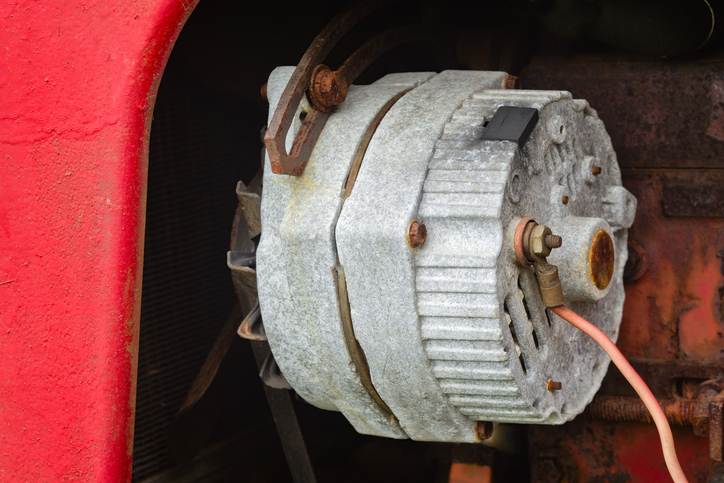
For any car with a living, breathing internal combustion engine, alternators are a must-have. Alternators are found in most vehicles, acting as a significant source of charging and electricity.
Bolted to the engine, an alternator creates energy for the battery and electrical system, with the battery then capable of producing enough power for the car to start. Although the battery is what helps start the car, an alternator is the necessary piece of the puzzle for creating sufficient power to get it moving.
Not only should those hoping to work in the automotive industry know how alternators function, but it’s also important to know what signs to look out for if they’re about to fail, and how to address it. Here’s what those in auto mechanic courses should know about car alternators.
How Car Alternators Work, and Why They’re Important
A car alternator can be found in most vehicles, with the exception of some hybrid cars. Essentially, it acts as a means through which a car’s battery can be charged, and is controlled by a drive belt while attached to the front of the engine.
Those considering auto mechanic training might not know that an alternator is attached with two windings: a rotor (which rotates inside it) and a stator (which stays stationary outside it). The rotor winding receives electric power that makes it into a magnet, with the drive belt allowing it to rotate. With the rotor’s magnetic field, alternating electric current is brought to the stator, and direct current is eventually produced via diodes after conversion from the alternating current.
Acting as a generator for the vehicle, an alternator is the necessary part for a battery to be fully charged and start the car’s engine and uses mechanical energy to generate electricity. Alternators also provide electrical components of cars with more power, and help keep them running while they are already in motion.

What Those in Auto Mechanic Training Should Know When Problems Arise
Although alternators are considered not to need maintenance and meant to last for many years on end, students completing their training in the automotive industry should know that there are ways they can malfunction.
Once a battery has run out of charge, this will cause the engine to stall. There are several signs that can indicate something is amiss with the alternator, such as noises coming from it, burning rubber (and subsequent odour), a light illuminating on the dashboard asking for the battery to be charged, or lights dimming while idling.

While a vehicle may continue running if failure happens, it won’t last long solely on the battery. Should problems arise, an automotive professional will need to test the charging system and the battery in order to properly diagnose issues with the alternator or any other parts that may have failed.
An engine dying immediately after being jump-started can also indicate possible alternator failure. If the problem is indeed with the alternator itself, it can either be reconstructed or replaced outright. In any case, testing it can tell you whether the issue is with the alternator or the battery system as a whole.
Want to take auto mechanic courses?
Contact Automotive Training Centres for more info!

